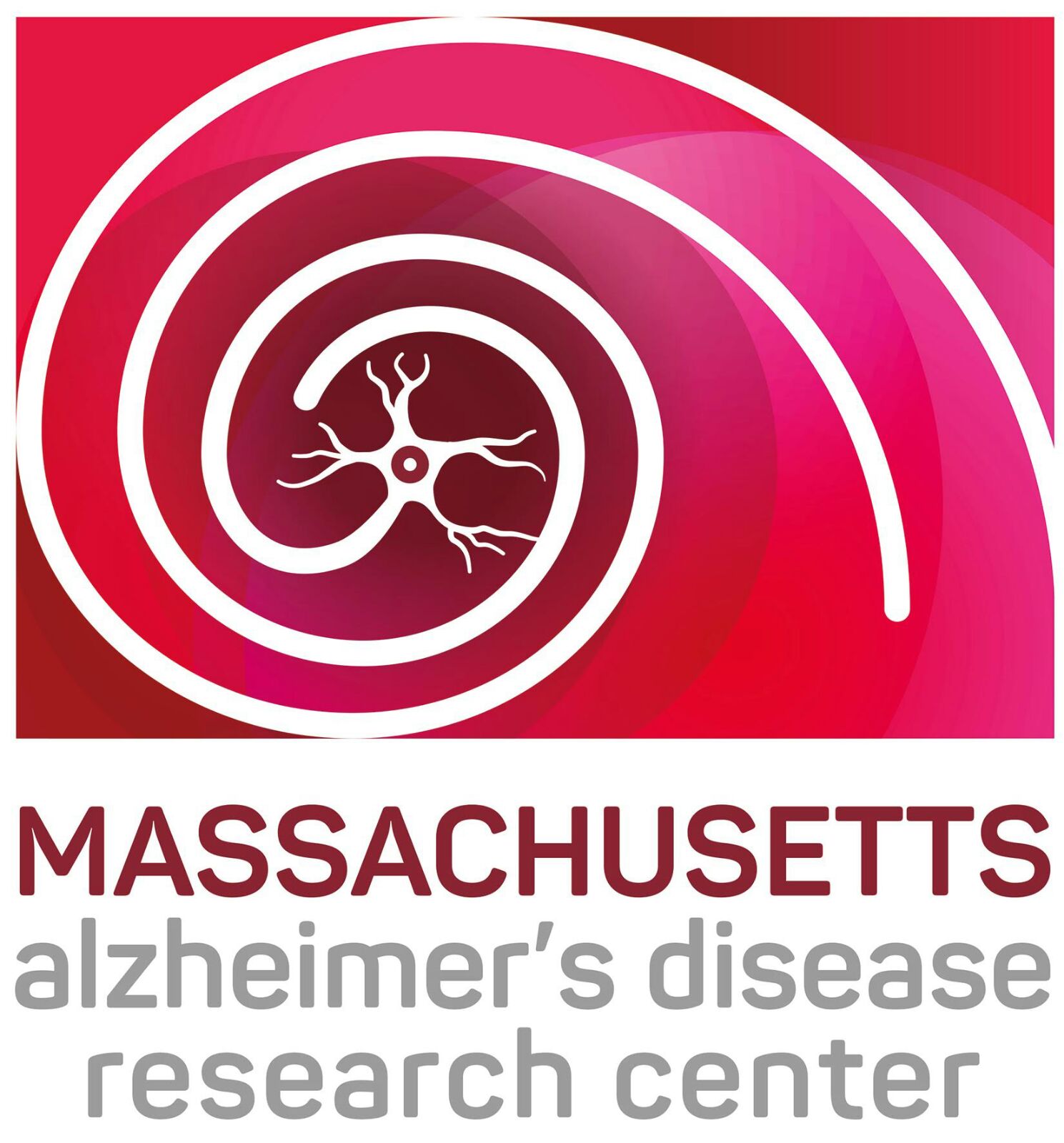Rudolph E. Tanzi
Co Vice-Chair for Research, Department of Neurology, Massachusetts General Hospital, Director, Genetics and Aging Research Unit, MassGeneral Institute for Neurodegenerative Disease, Joseph P. and Rose F. Kennedy Professor of Neurology, Harvard Medical School
Massachusetts General Hospital, Harvard Medical School
(617) 726-6845
Genetics, neurodegenerative disorders and neuroinflammation
More Information: Tanzi Profile
Dr. Rudolph Tanzi is a Professor of Neurology and holder of the Joseph P. and Rose F. Kennedy Endowed Chair in Neurology at Harvard University. At the Massachusetts General Hospital (MGH), Dr. Tanzi serves as the Vice-Chair of Neurology (Research) and Director of the Genetics and Aging Research Unit, which consists of eight laboratories investigating the genetic causes of Alzheimer’s disease.
Dr. Tanzi has been investigating the molecular and genetic basis of neurological disease since 1980, when he participated in the pioneering study that led to location of the Huntington’s disease gene, the first disease gene to be found by genetic linkage analysis. Since 1982, Dr. Tanzi has investigated the genetic causes of Alzheimer’s disease (AD). He co-discovered all three genes that cause early-onset familial AD, including the first familial AD gene, known as the amyloid β-protein (A4) precursor (APP), and the presenilin genes. In 1993, Dr. Tanzi discovered the gene responsible for the neurological disorder known as Wilson’s disease, and over the past 25 years, he has collaborated on studies identifying several other disease genes including those causing neurofibromatosis, amyotrophic lateral sclerosis, and autism.
Dr. Tanzi currently spearheads the Alzheimer’s Genome Project, which identified several other AD gene including CD33, which plays a role in modulating neuroinflammation in AD. This achievement was named one of the “Top Ten Medical Breakthroughs of 2008” by Time Magazine. In 1994, Dr. Tanzi discovered that the metals, zinc and copper are necessary for the formation of neurotoxic assemblies of the A_ peptide, the main component of β-amyloid deposits in brains of AD patients. Based on this discovery, Dr. Tanzi developed the “Metal hypothesis of Alzheimer’s disease”, which has led to clinical trials for treating and preventing AD by targeting Aβ−metal interactions (Prana Biotechnology, LTD; co-founder). Dr. Tanzi is also developing a potent class of gamma secretase modulators for preventing and treating AD as well as therapies aimed at targeting the genes, CD33 and TREM2, to curb neuroinflammation in AD. In 2014, Dr. Tanzi, Dr. Se Hoon Choi, and Dr. Doo-Yeon Kim reported the first in vitro model recapitualting AD neuropathology and showing that beta-amyloid can induce neurofibrillary tangles using human stem cell-derived neural cultures grown in three-dimensional culture systems.
Dr. Tanzi is one of the ten most cited researchers in AD, having co-authored over 475 research articles. He is also listed by Thomson Reuter as one of the top 1% of researchers in the field of neuroscience. He is also a co-author the popular book “Decoding Darkness: The Search for the Genetic Causes of Alzheimer’s Disease”, the New York Times best seller, “Super Brain”, and “Super Genes”. Dr. Tanzi has received several awards for his work, including the two highest awards for Alzheimerís disease research: The Metropolitan Life Foundation Award and The Potamkin Prize. He has also received the Reagan National Alzheimerís Disease Research Award, an NIH MERIT Award, and the “Oneness of Humanity” Global Award, and the Rustum Roy Spirit Award. He is an AAAS Fellow and was included on the list of the “Harvard 100: Most Influential Alumni” of over 220,000 living alumni. In 2015 he was included on the TIME magazine list, “TIME 100 Most Influential People in the World”, and has been acknowledged by as one of the “World’s Most Influential Scientific Minds, 2014” by Reuters-Thompson, and named one of the “Top 20 Translational Scientists, 2013” by Nature Biotechnology. He received the 2015 Smithsonian American Ingenuity Award, the highest honor for innovation and invention in the U.S.A. His invited honorary lectures include a Nobel Forum Lecture, Smithsonian Institution Distinguished Lecture, and the Society for Neuroscience Public Lecture. Dr. Tanzi is the Chairman of the Cure Alzheimer’s Fund Research Consortium and serves on over 40 editorial and scientific advisory boards.
Tanzi RE, Bertram L. Twenty Years of the Alzheimerís Disease Amyloid Hypothesis: A Genetic Perspective. Cell 2005; 120: 545-555.
Griciuc A, Serrano-Pozo A, Parrado AR, Lesinski AN, Asselin CN, Mullin K, Hooli B, Choi SH, Hyman BT, Tanzi RE. Alzheimerís Disease Risk Gene CD33 Inhibits Microglial Uptake of Amyloid Beta. Neuron 2013; 78: 631-643. [PMCID: 3706457].
Choi SH, Kim YH, Hebisch M, Sliwinski C, Lee S, D’Avanzo C, Chen J, HooliB, Asselin C, Muffat J, KleeJB, ZhangC, Wainger BJ, Peitz M, Kovacs DM, Woolf CJ,Wagner SL, TanziRE, Kim DY. A Three-Dimensional Human Neural Cell Culture Model of Alzheimer’s Disease. Nature 2014; 515: 274-278. [PMCID: 4366007].
More publications may be found at www.ncbi.nlm.nih.gov/
